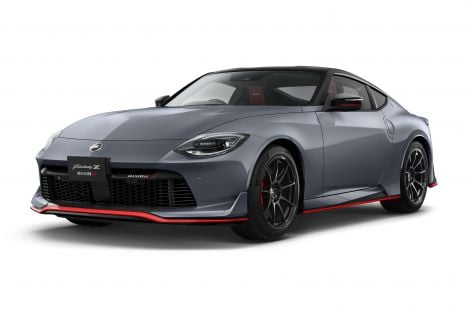

Derek Fung
Nissan Z Nismo manual revealed, facelift timing confirmed
3 Days Ago
The new 992-generation Porsche 911 Turbo rewrites the rule book on daily-drivable supercars yet again
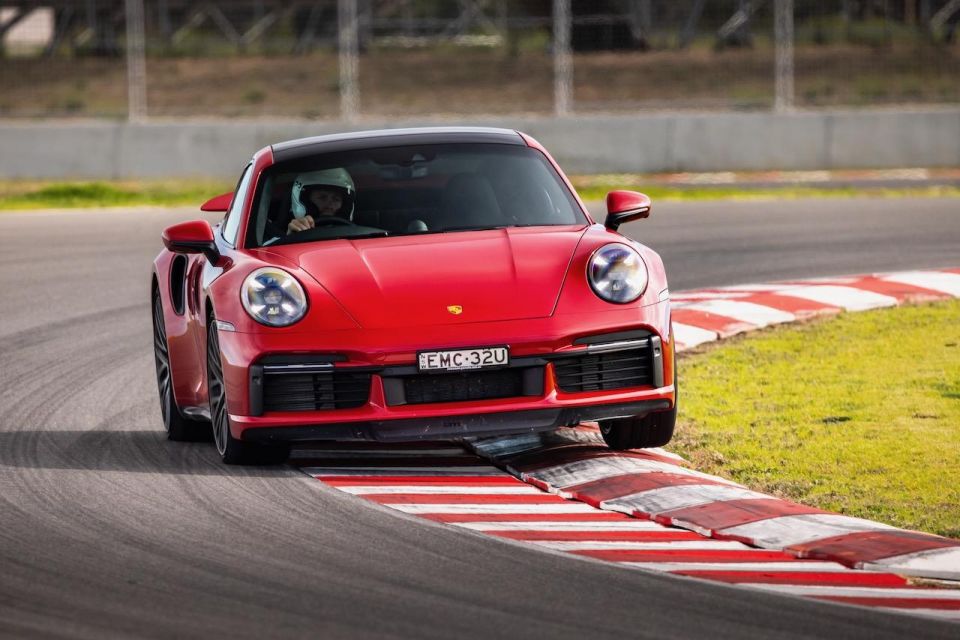
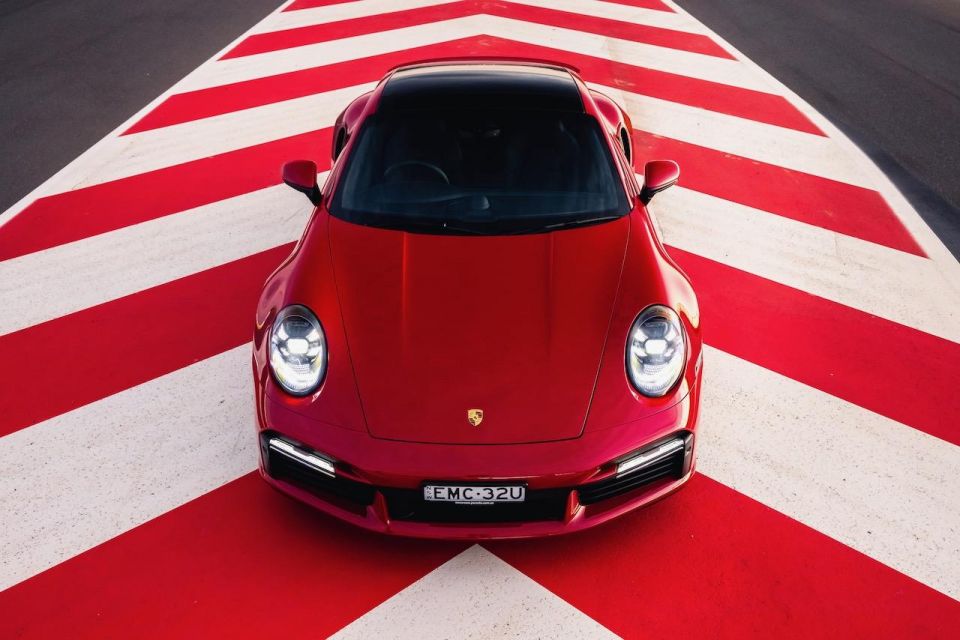

Senior Road Tester
New from
$396,500
excl. on-roads

Senior Road Tester
New from
$396,500
excl. on-roads


Senior Road Tester
New from
$396,500
excl. on-roads

Senior Road Tester
New from
$396,500
excl. on-roads
Quickly see how this car stacks up against its competition. Select any benchmark to see more details.
Where expert car reviews meet expert car buying – CarExpert gives you trusted advice, personalised service and real savings on your next new car.
Not only is the 2021 Porsche 911 Turbo the best-looking model since the iconic 930 of the ’70s, it’s also the fastest ever.
This latest Turbo is more than twice as powerful as the original 911 Turbo, which was powered by a 191kW, 3.0-litre flat-six with a single turbocharger that tended to pack a wallop when you least expected it – hence, its reputation as a widow maker.
Like everything on a Porsche 911, the looks of the new Turbo is about function over form. Take the rear wing. Under emergency braking at high-speed, it not only acts as an airbrake but also generates more downforce.
That’s 15 per cent more, or 170kg in total, something highly desirable down the main straightaway at The Bend where we had free rein in the Turbo.
It’s better resolved up front, with a decidedly more pronounced active spoiler and extended cooling flaps. Again, there’s a more of a motorsport edge to the nose of the new 911 Turbo than I can recall of any past iteration.
That edge is evident elsewhere. You can spec your 911 Turbo with a 10mm lower Sport Chassis for the first time, and there’s a Lightweight Design Package to trim more than 30kg from the car’s 1640kg heft.
Additionally, there’s a brilliant new blacked-out sports exhaust system that makes this new-generation Turbo sound deep, loud, and 100 per cent meaningful.
It’s testament to the 911 Turbo’s ongoing unique selling point, its breadth of capability, that it handle the daily grind or mix it with the best GT cars on the track.

It might be the ‘entry-level’ Turbo, but I’d argue the 911 Turbo Coupe is also the sweet spot in Porsche’s uber-powerful 911 stable.
Priced from $405,000 before on-roads, it undercuts the Turbo S by almost $77,000 – notwithstanding the extra grunt and kit it comes with.
That’s still a significant bump in price over the previous 911 Turbo Coupe, which was yours from $389,200 before on-roads.
Rivals are few and far between, but the McLaren 720S Coupe (priced from $509,000) comes to mind as a car that treads the fine line between a comfortable daily and a road-going sports car with stupendous on-track performance.
Ferrari has its twin-turbo V8-powered F8 Tributo, which wears a lofty $484,888 sticker but claims less performance out of the blocks than the significantly cheaper 911 Turbo.
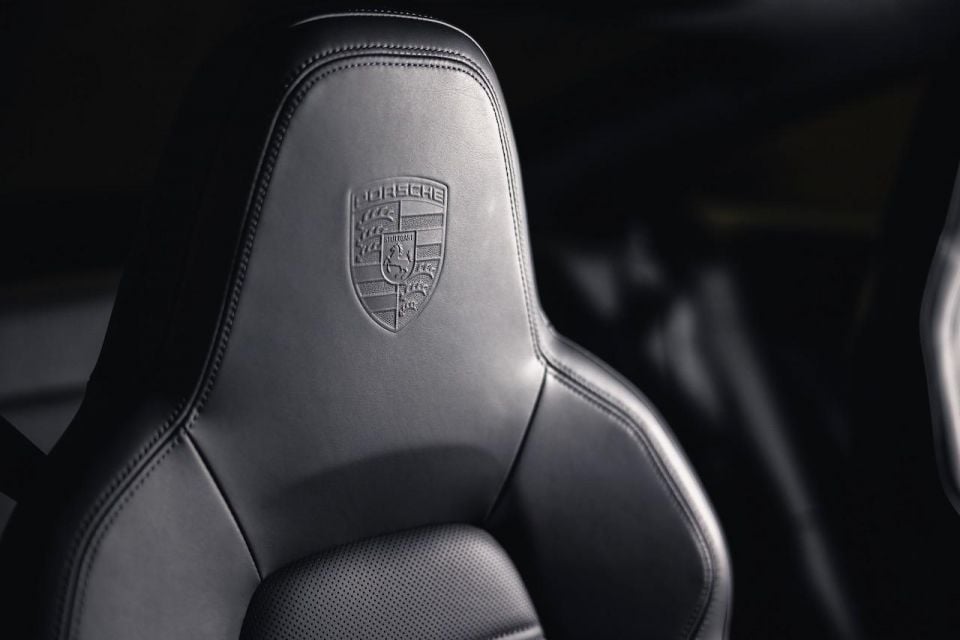
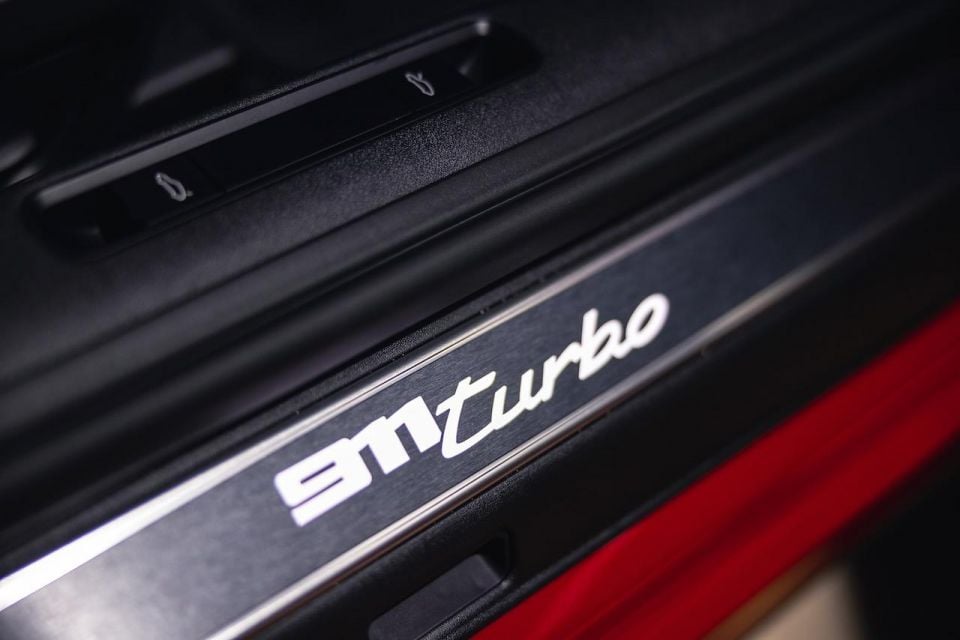
Buy your new car without the stress. It's fast, simple and completely free.

Great service from Travis and team, second time I have used this business would not hesitate to recommend them to anyone
Craig C.
Purchased a Ford Ranger in Sunshine Coast, QLD
CarExpert helped Craig save thousands on his Ford Ranger, now let us save you on your next new car.
Find a dealWith Porsche, particularly the 911 Turbo, it’s always about incremental advances in technology.
Just when you thought the flagship Turbo had reached its crowning glory (we all thought that with the last iteration), out comes the 992 armed with faster active dampers, more precise steering, more precise boost delivery, and a transfer case can send up to 500Nm to the rear axle.
There’s a new eight-speed PDK gearbox, with shorter ratios and a lighter and more stable prop shaft.
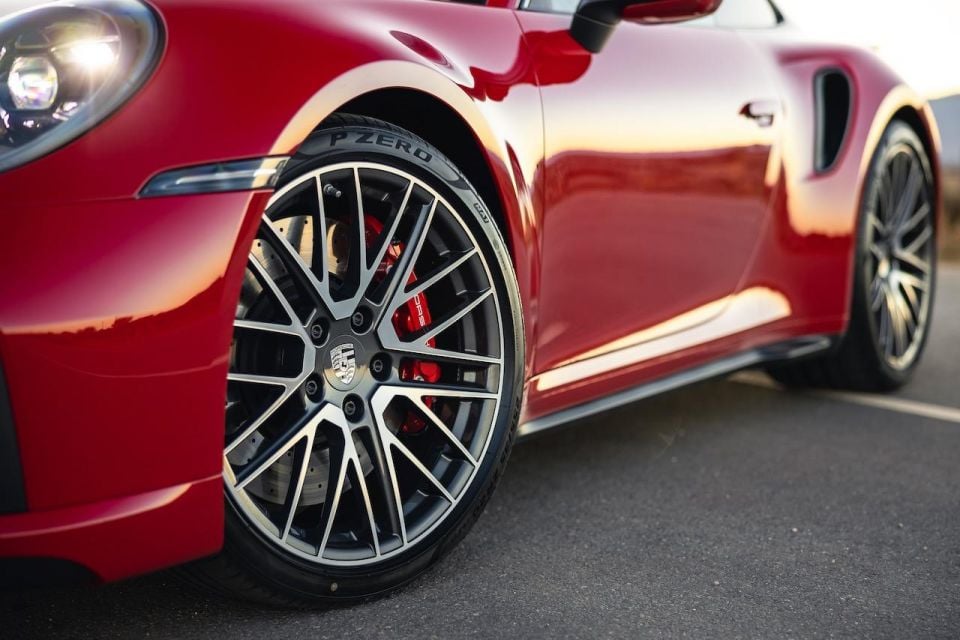
Standard kit includes a split wheel setup with 20-inch wheels up front shod with 255/35 Goodyear or Pirelli tyres (we sampled both) and 21-inch wheels out back wearing 315/30 tyres.
LED headlights including Porsche Dynamic Light System, auto lights and wipers, dual-zone climate, thermally insulated glass, 14-way electrically adjustable seats with memory and heating, keyless entry and start, front and rear parking sensors, and a reversing camera with surround view.
There’s also a memory for the exterior mirrors, steering column, and driver’s seat, full leather upholstery with quilted seat centres and door trims, DAB+ digital radio with a 12-speaker Bose surround sound system, a 10.9-inch touchscreen with satellite navigation and Apple CarPlay, and Sport Chrono.
Options include Turbo S wheels ($7020), LED Matrix headlights ($4020), adaptive sports seats with 18-way adjustment ($2120), and a range of interior finishes.
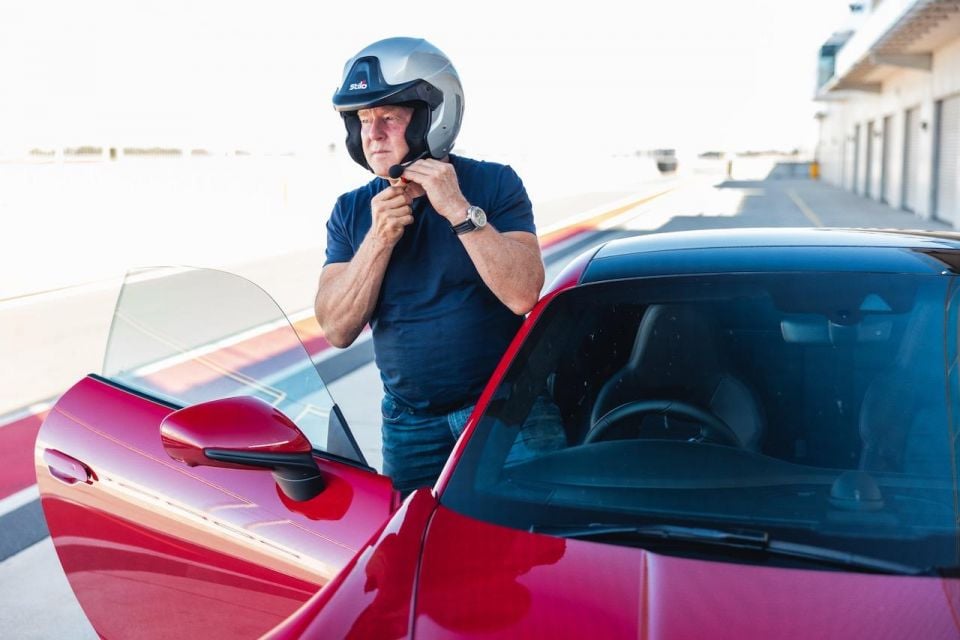
The Porsche 911 hasn’t been crash tested, as is often the case with low-volume sports cars.
Standard safety equipment includes lane change assist, adaptive cruise control with speed limiter, lane-keeping assist, autonomous emergency braking, and blind-spot monitoring.
There’s also dual front, side and curtain airbags for the first row.
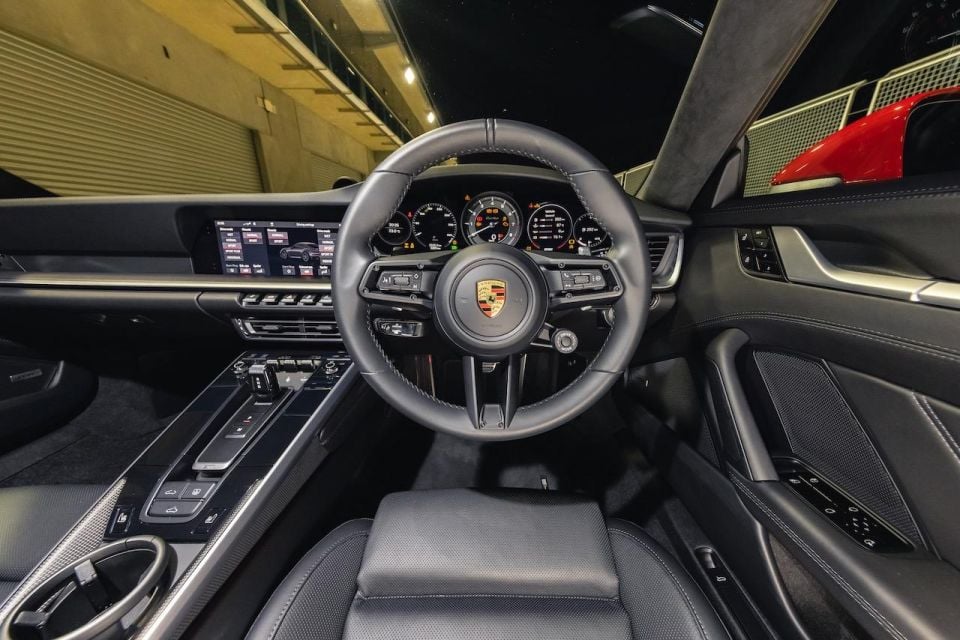
I wouldn’t call it high-end luxury but the cabin looks and feels high-quality with premium materials, switchgear, and upholstery. It’s also overtly driver-centric with the 911’s typically low-mounted sports seats and round leather-wrapped steering wheel with drive mode dial.
The leather itself is perforated and very supple, while the standard seats are well bolstered without looking anything like racing seats. There’s plenty of scope to choose beyond the standard all-black affair with the likes of a two-tone leather option, or silver trim strips and matte-carbon inlays.
The suede-like Race-Tex roofliner has a luxurious look and feel about it, but more importantly, it all feels impeccably solid and well screwed together.
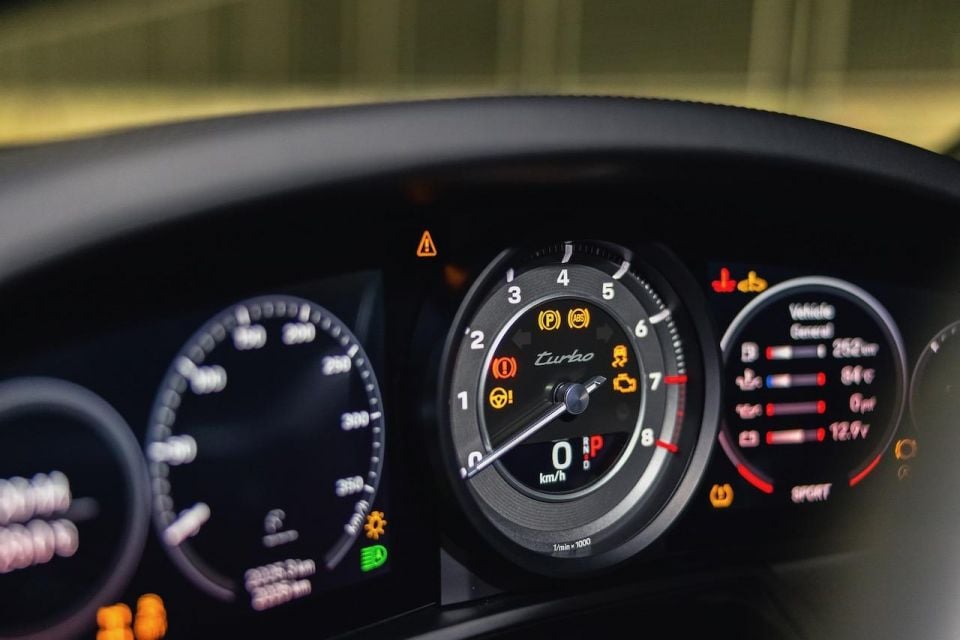
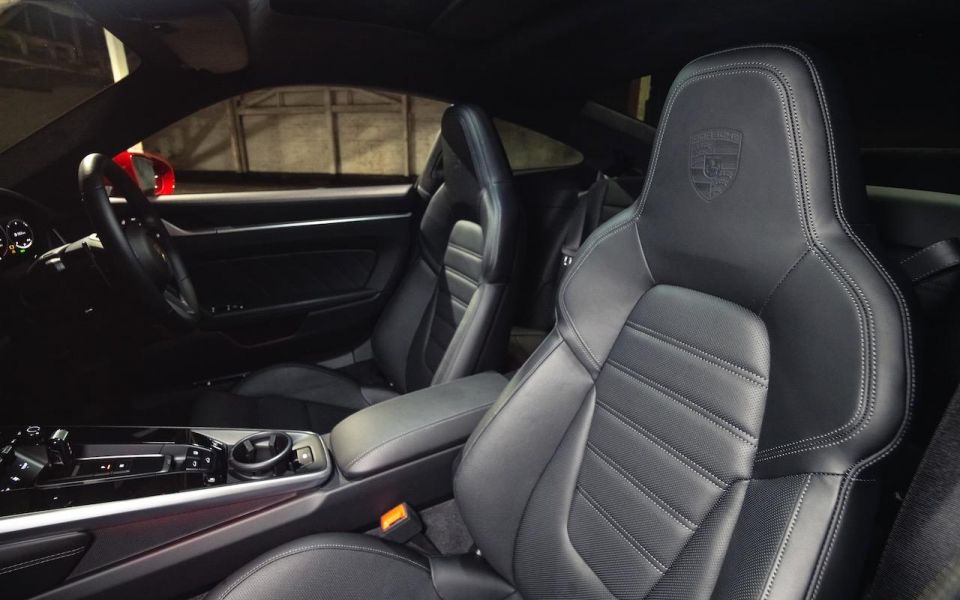
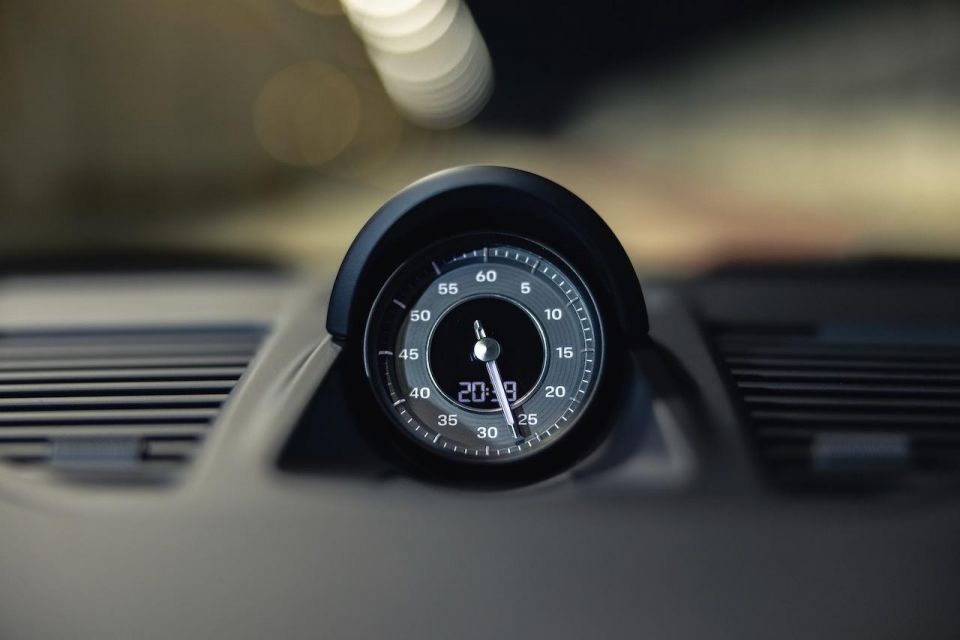
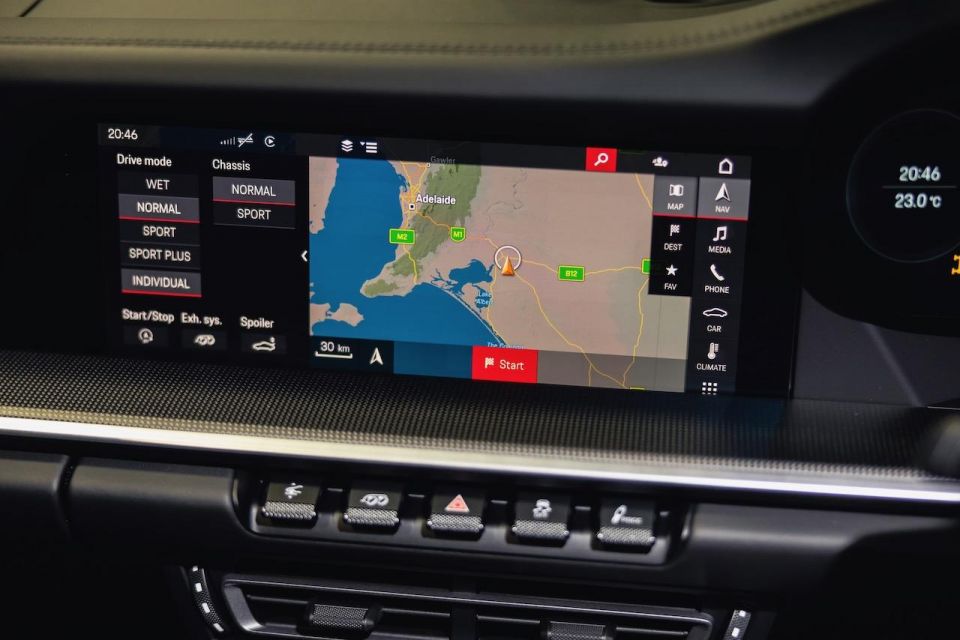
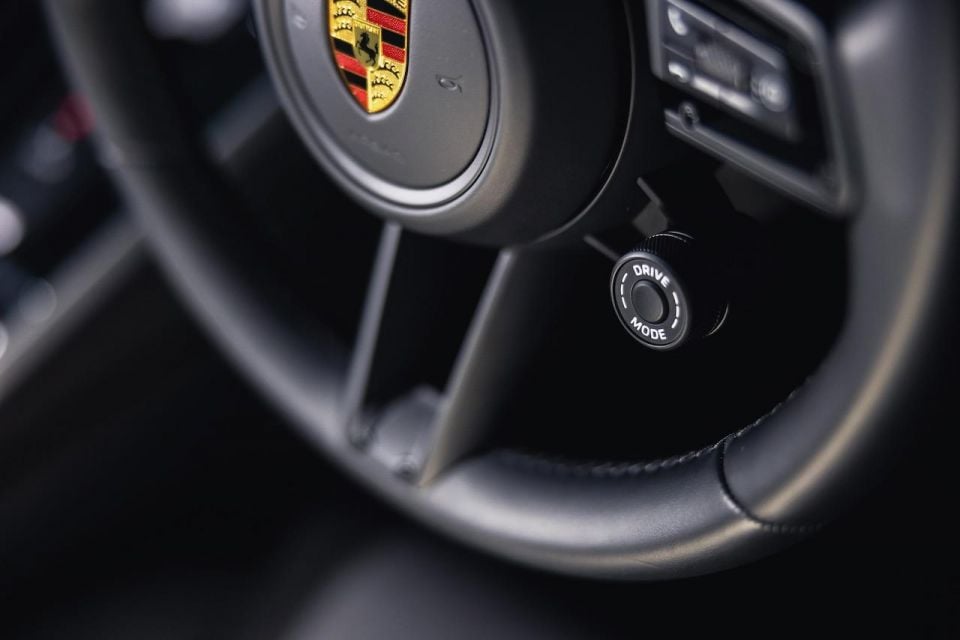
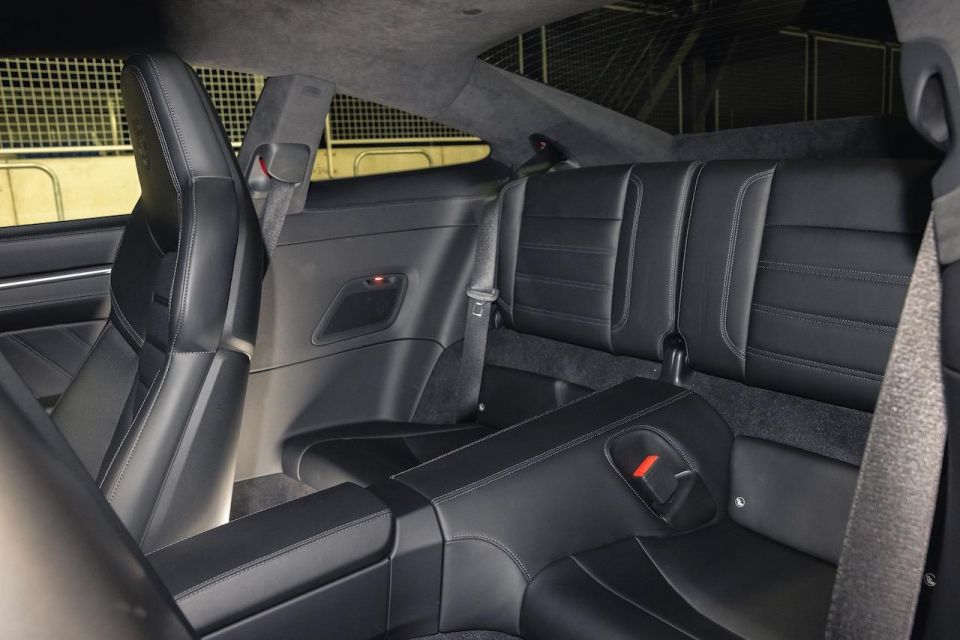
Despite the new screens assuming most of the functional access, there’s still a few shortcut buttons and toggle switches on the centre console, but even those look and feel nice to the touch.
There’s also two USB ports in the centre console bin, and a 12V in the passenger footwell.
The split-fold rear seats are barely useable with next to no leg- or knee room, but I have had my 5’11 daughter back there in my own 911, so it is doable for shorter trips.
Luggage space is still more than reasonable for such a high-performance coupe, with carrying capacity limited to 128 litres in the front boot and 264 litres in the rear with the seats folded flat.
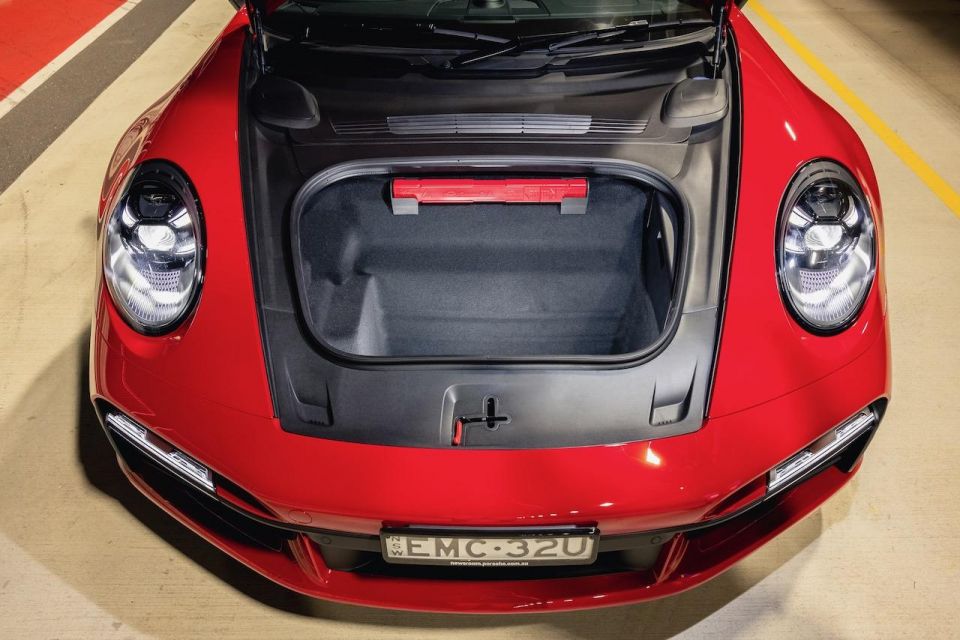
Nothing but a ‘frunk’ up front, as the engine is rear-mounted.
It’s a 3.8-litre, twin-turbo flat-six petrol producing 427kW (up 30kW) at 6500rpm and 750Nm (up 40Nm) between 2250rpm and 4500rpm.
Porsche’s 0-100km/h sprint claim for the new 911 Turbo is 2.8 seconds, matching the previous-generation 911 Turbo S, and 0.2 seconds faster than its entry-level Turbo predecessor.
Top speed is unchanged at 320km/h.

This isn’t the first time I’ve sampled a full-strength 911 Turbo on track and been gobsmacked by its ability to carve up a circuit despite a significant weight penalty over the GT3 RS.
I can say with absolute clarity the new 911 Turbo is better than its predecessor, but not in any radical measure.
It’s the sum of lots of small tweaks and refinements, which make this version a genuine triumph of automotive engineering. It’s also one those rare supercars you can hop into for the first time and feel completely at home.
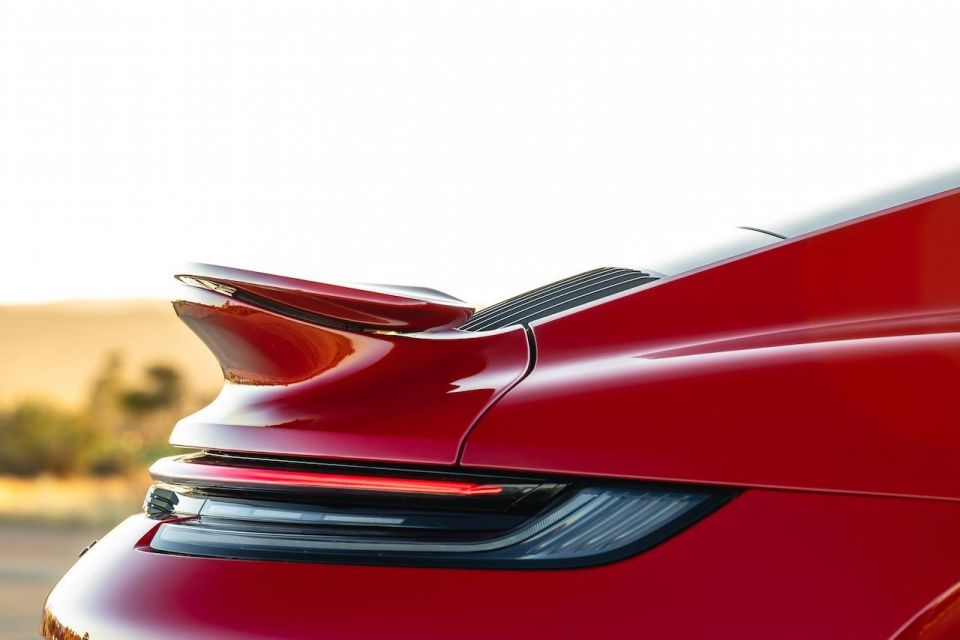
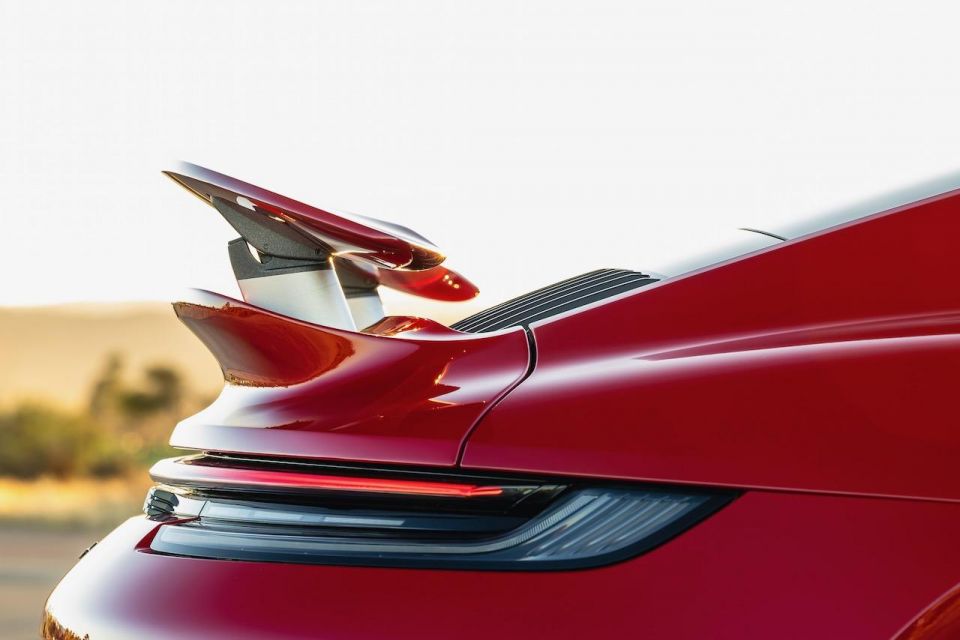
What gets you hooked on the new 911 Turbo before you drool over that rear wing or pull back on the Braun shaver-like shifter and twist the drive mode selector to Sport Plus is the noise it makes.
The Turbo never sounded this good. It’s a proper motorsport bark, a deeper and more intense tone than any previous Turbo. At full noise down the main straight it sounds like a full-blown Le Mans racer.
Pit lane speed is limited here to 40km/h at The Bend, but as soon as it lifts I’ve got the throttle pinned to the firewall, and I don’t recall a single millisecond of turbo lag. Better still, there’s more throttle sensitivity through the rev range.
The power delivery is just so linear, allowing for superb car control on exit.
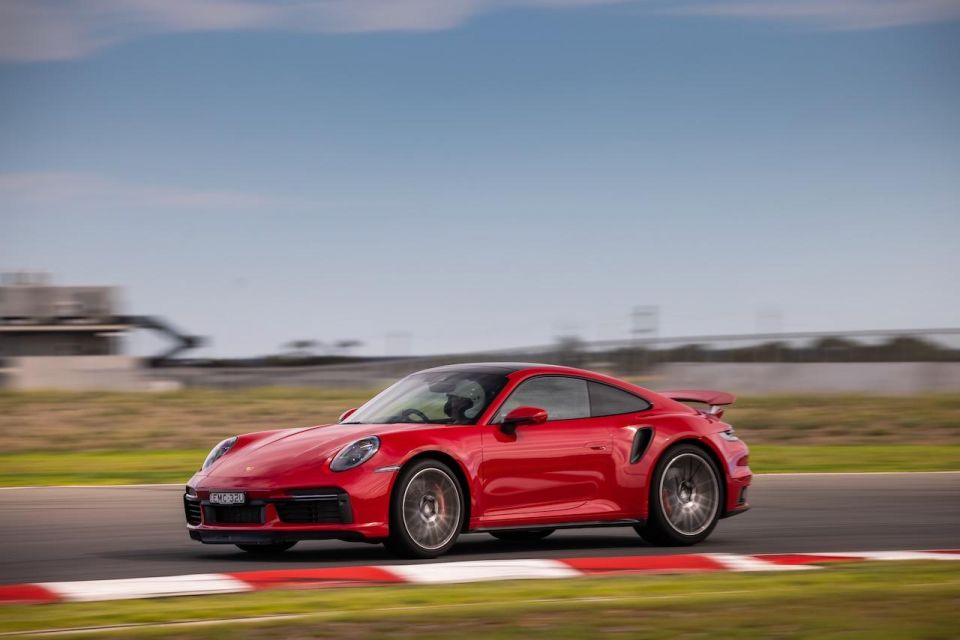
Grip levels with the Pirellis is supreme despite some squeal when you really start to push, and balance of the car feels completely neutral to me.
It feels more precise, more tied down right from the get-go, which is more or less down the Turbo’s wider front track and the fact the active all-wheel drive can transfer more power to the rear wheels.
It’s also down to the actively-steered rear axle, which helps rotate the car more evenly than I can recall of the previous model.
I can’t exactly tell you how much faster the new eight-speed PDK transmission is over the previous seven-speed unit (first gear is shorter, eighth is longer), because Sport Plus is likely making a better job of it than I could manually. It’s uncanny how rapid the auto shifting and throttle blipping is on track.
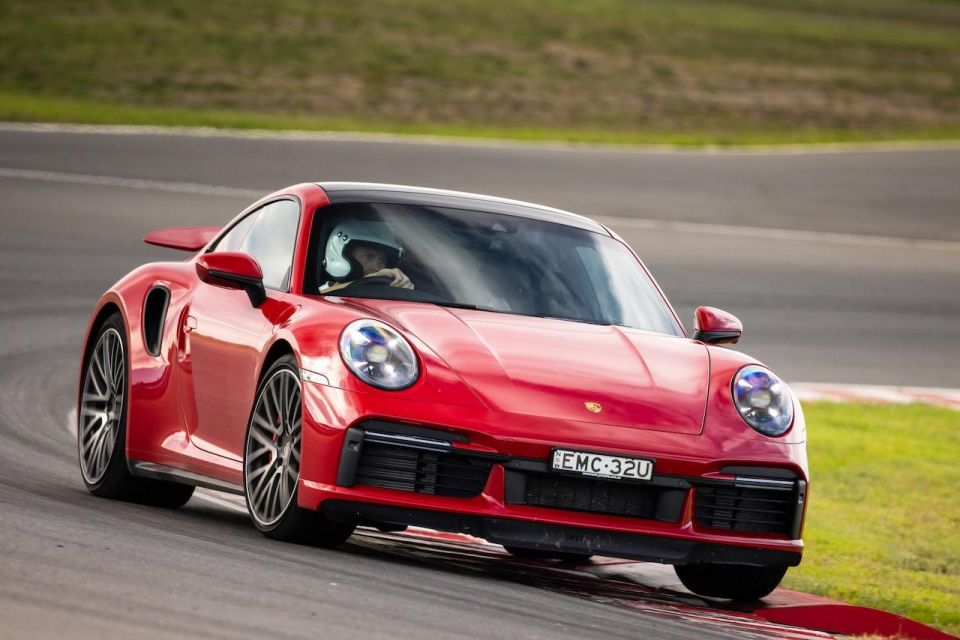
If you’re braking late, like Luke Youlden was on a hot lap, there’s cause to use the downshift paddle and pull down a couple of cogs before firing out of the exit.
Those brakes are 408mm steel brake rotors (up 28mm) with six-piston calipers up front and 380mm down back clamped by four-piston fixed calipers at the rear (unchanged), are beyond reproach.
Even after maximum punishment for hours on end in hot weather there’s zero fade. Not sure why anyone would option the carbon ceramics given how effective the stock system is.
I know it’s only a track test and we’ve yet to explore the new 911 Turbo’s daily ride comfort and general usability around town, but at this point I’d struggle to come up with anything that might improve this car.
Even the price seems reasonable against competitive options.
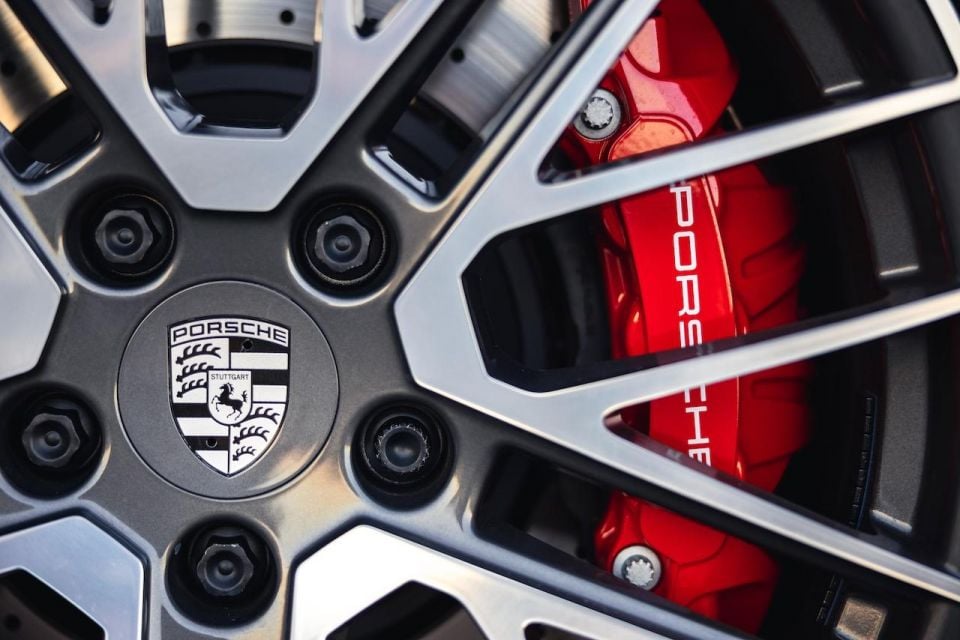
Porsche provides a three-year, unlimited-kilometre warranty on the 911 Turbo, as well as a three-year paint warranty and 12-year rust coverage.
Service intervals are 12 months or 15,000km (whichever comes first) and service charges vary by dealer.
Porsche claims 11.1L/100km fuel consumption using 98 RON premium fuel on a combined cycle with a total fuel capacity of 67 litres.
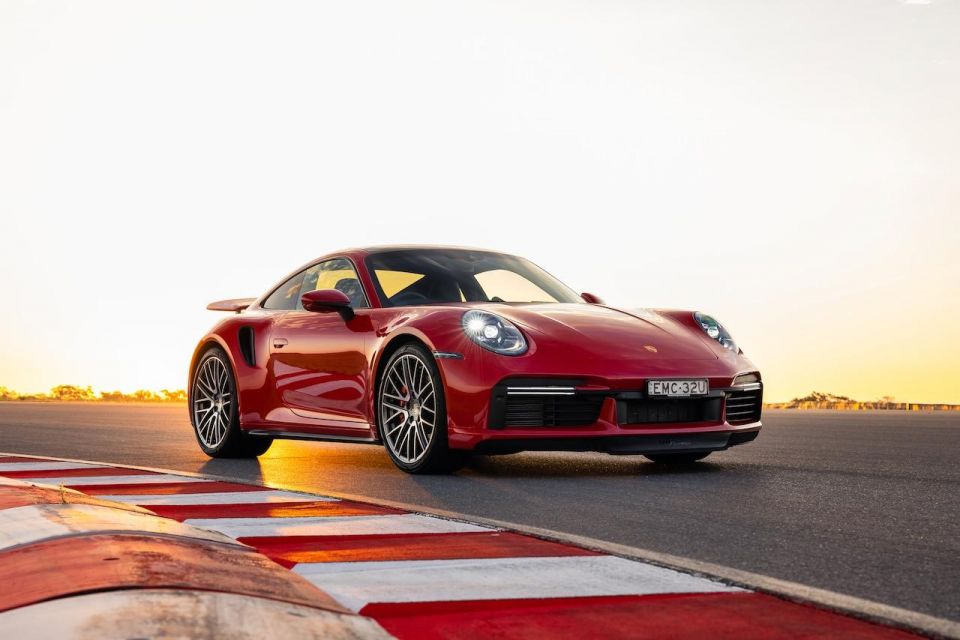
Where expert car reviews meet expert car buying – CarExpert gives you trusted advice, personalised service and real savings on your next new car.
Porsche’s engineering team has turned up the wick with the 992 911 Turbo (as it always does), and produced a car that’s simply better in every way. It’s brilliant.
It’s better looking, faster, more precise, better braked, more balanced, easier to drive, more comfortable… how will they ever improve it?
Click the images for the full gallery
Where expert car reviews meet expert car buying – CarExpert gives you trusted advice, personalised service and real savings on your next new car.
Anthony Crawford is a CarExpert co-founder and senior presenter with 20+years in automotive journalism and content creation.


Derek Fung
3 Days Ago
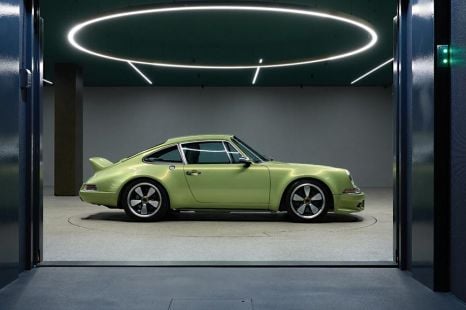

Marton Pettendy
19 Days Ago
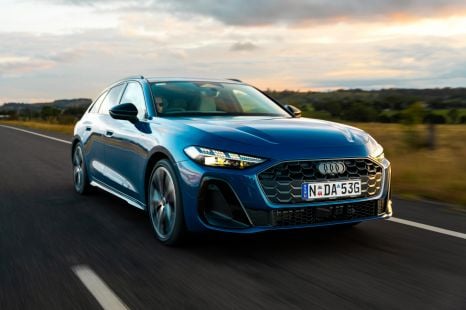

James Wong
27 Days Ago


Damion Smy
27 Days Ago
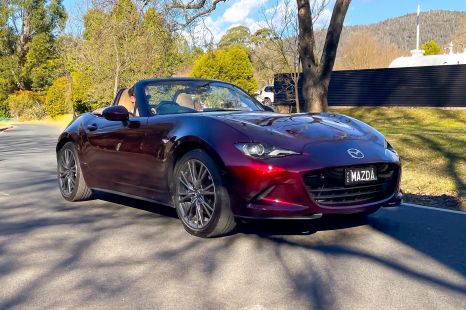

Josh Nevett
1 Month Ago
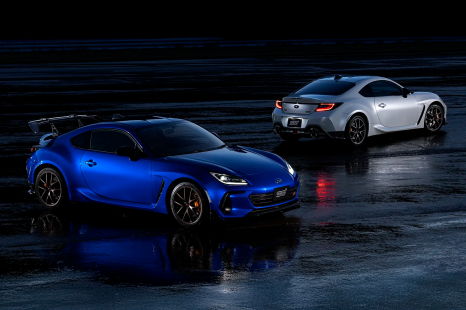

Max Davies
1 Month Ago